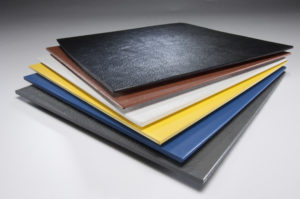ABS (Acrylonitrile Butadiene Styrene) is an amorphous thermoplastic material, with a continuous use temperature range of -4° F (-20° C) to 176° F (80° C). It is categorized as a standard material, and offers a balanced combination of mechanical toughness, impact resistance, and ease of fabrication and thermoforming.
Benefits of ABS (Acrylonitrile Butadiene Styrene)
Outstanding Impact Strength
High Melt Strength for Easy Thermoforming
Excellent for Deep Draw Thermoforming
Very Good Chemical Resistance
Product Options
Black, White, Natural (glossy and matte finishes)
-
General Purpose
-
Premium
-
Utility
-
Low Gloss

Dimensions: 48″ x 96″
Thickness: 0.040″ – 4″

Diameter: 0.25″ – 6″
Length: 5′ – 10′
Technical Resources
- PVC vs CPVC: Which Is Better?
- Polypropylene vs. Polyethylene: How Do They Differ?
- Thermosets vs Thermoplastics: How They Differ
- Homopolymer vs Copolymer
- Plastics Pyramid
- Amorphous vs Semicrystalline
- Fiber Reinforced Panel Alternatives
- How To Choose the Right Plastic for Your Project
- LEXAN™ CLINIWALL™: Next Generation Wall Cladding
- BioPhorum, Polymershapes, and the Future of Material Sterilization
- Design for Manufacturability and Its Importance
- PETG – Markets Served and Industry Applications
Suppliers / Brands
Common Applications
Physical Properties
| Units | ASTM Test | ABS | |
|---|---|---|---|
| Tensile strength @ break @ 73°F | psi | D638 | 3,830 – 7,260 |
| Flexural modulus @ 73°F | psi | D790 | 223,000 – 417,000 |
| Izod impact (notched) | ft-lbs/in of notch | D256 | 1.7 – 7.7 |
| Deflection Temperature Under Load @ 264 psi Unannealed | ft-lbs/in of notch | D658 | 166 – 213 |
| Continuous Use Temperature | °F | D794 | 140 – 167 |
| Water absorption @ 73°F – 24 hours | % | D570 | 0.20 – 0.31 |
| Coefficient of linear thermal expansion (CLTE) | (in/in F) | D696 | 4.4E-5 to 5.0E-5 |
* Technical Data is provided courtesy of UL Prospector (www.ulprospector.com) and IAPD (www.IAPD.org).
Data is to be considered representative and is provided for guidance only. All product performance must be verified by the user under actual application conditions.
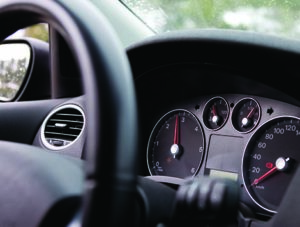 Automotive
Automotive
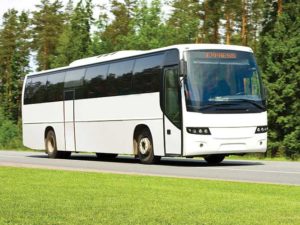 Bus & Rail
Bus & Rail
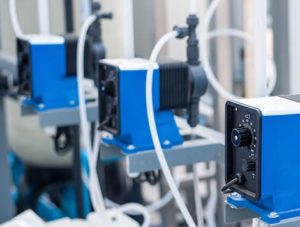 Chemical Processing
Chemical Processing
 Electrical Applications
Electrical Applications
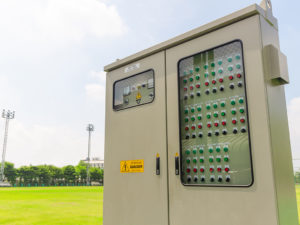 Enclosures
Enclosures
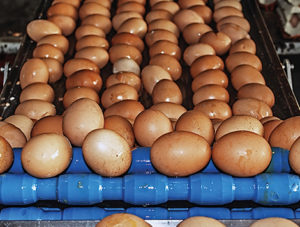 Food & Beverage Preparation/Processing
Food & Beverage Preparation/Processing
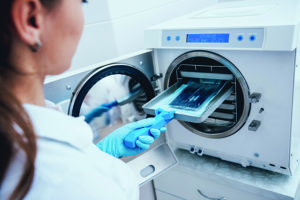 Healthcare / Medical
Healthcare / Medical
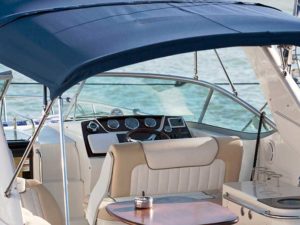 Marine Applications
Marine Applications
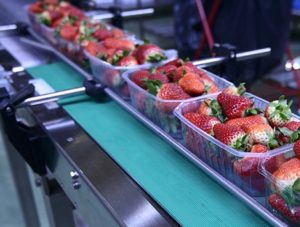 Packaging & Conveying Equipment
Packaging & Conveying Equipment
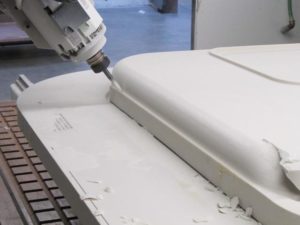 Prototyping & Tooling
Prototyping & Tooling
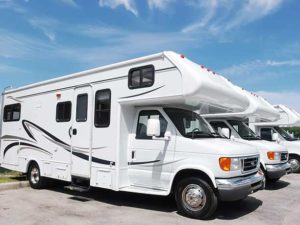 Recreational Vehicles
Recreational Vehicles
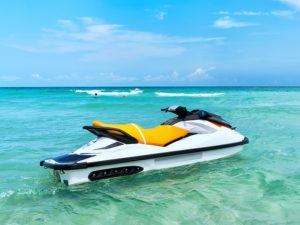 Sporting Goods
Sporting Goods
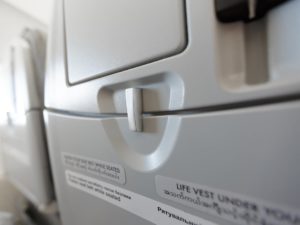 Thermoformers
Thermoformers
